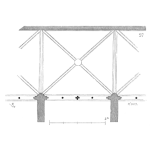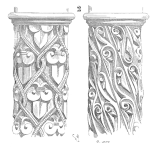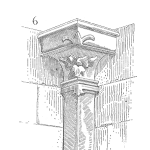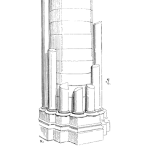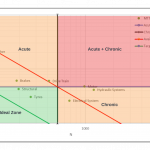
Behind all lasting business success is the ability to make business processes work successfully. Random success in business is due to luck. But lasting success relies on knowing how to use statistical process control to make your processes more successful more often.
[Read more…]